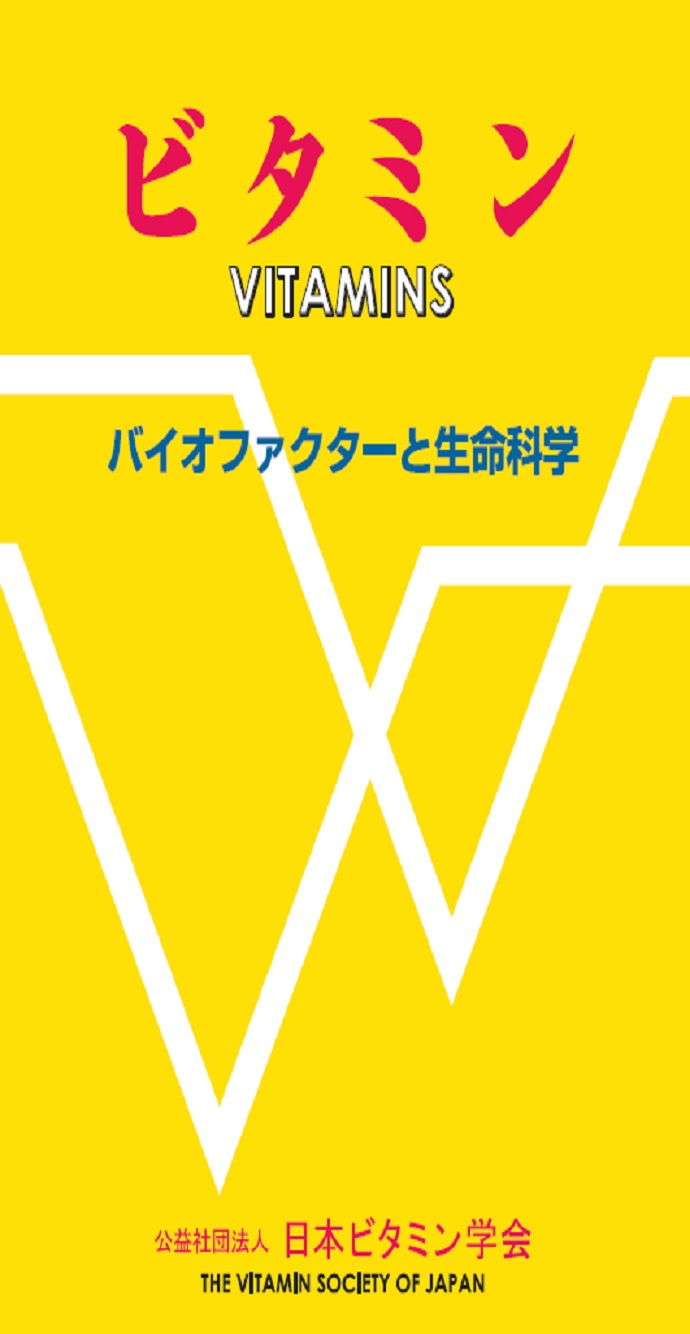All issues

Volume 85, Issue 12
Displaying 1-6 of 6 articles from this issue
- |<
- <
- 1
- >
- >|
-
Kimitaka Takitani, Hirohi TamaiArticle type: Article
2011Volume 85Issue 12 Pages 631-644
Published: December 25, 2011
Released on J-STAGE: October 10, 2017
JOURNAL FREE ACCESSAll-trans retinoic acid (ATRA) therapy for acute promyelocytic leukemia (APL) is the first clinically used molecular-targeted therapy. ATRA therapy is the first-line therapy for APL because it weakly acts on leukemia cells, causes slight bone marrow suppression, which is inevitable with the use of anticancer drugs, and easily induces remission. However, development of resistance is a concern in ATRA therapy. Resistance may be caused by reduced ATRA concentration in the blood, expression of multi-drug resistance 1(MDR-1) gene, and mutation of PML/RAR fusion gene in APL cells. Therefore, various studies were performed to study the pharmacokinetics of ATRA. The pharmacokinetics of ATRA have been evaluated by measuring the concentration of ATRA and its metabolite (4-oxo retinoic acid) in the blood samples of APL patients from all over Japan. We determined (1) the pharmacokinetics of ATRA in pediatric patients, (2) effectiveness of intermittent administration of ATRA to maintain blood concentration in maintenance treatment, (3) increase in the concentration of 4-oxo retinoic acid in patients not responding to ATRA, (4) change in the pharmacokinetics of ATRA because of complications, and (5) effect of ATRA administration in pregnant women. This paper will provide an overview of previous reports and of the results of studies performed in Japan on the pharmacokinetics of ATRA.View full abstractDownload PDF (1996K) -
Jun Takebayashi, Kaoru Yanaka, Teruki Matsumoto, Tayoshi Iizuka, Takuy ...Article type: Article
2011Volume 85Issue 12 Pages 645-650
Published: December 25, 2011
Released on J-STAGE: October 10, 2017
JOURNAL FREE ACCESSThe two-step high performance liquid chromatography (HPLC) method, that is, preparative HPLC (reverse-phase) followed by analytical HPLC (normal-phase), is used as the Japanese official method to determine the content of vitamin D in food. We first performed an interlaboratory study to estimate precision of the official method using the certificated formula milk (NIST, SRM 1849). The relative standard deviations (RSDs) of the official method for intermediate precision and reproducibility were 16.5 and 18.6%, respectively. We considered that non-polar insoluble interferences may disturb re-dissolution of vitamin D in the sample solutions which are applied to the preparative HPLC (reverse-phase). Therefore, we investigated a modified method in which preparative HPLC (normal-phase) was followed by analytical HPLC (reverse-phase), in order to reduce the insoluble substances. An interlaboratory study using 4 commercial formula milk available in Japan showed that the intermediate- and reproducibility-RSD of the modified method were ranged from 6.7 to 12.9% and from 7.4 to 18.9%, respectively. These results suggest good performance of the modified method.View full abstractDownload PDF (880K) -
Kenji Fukuzawa, Aya Ouchi, Akira Shibata, Shin-ichi Nagaoka, Kazuo Muk ...Article type: Article
2011Volume 85Issue 12 Pages 651-654
Published: December 25, 2011
Released on J-STAGE: October 10, 2017
JOURNAL FREE ACCESSDownload PDF (501K) -
Keiko Kobayashi, Ikuyo Ichi, Tomoka Nakagawa, Chiaki Kamikawa, Yuko Ki ...Article type: Article
2011Volume 85Issue 12 Pages 655-656
Published: December 25, 2011
Released on J-STAGE: October 10, 2017
JOURNAL FREE ACCESSDownload PDF (272K) -
Etsuo NikiArticle type: Article
2011Volume 85Issue 12 Pages 657-660
Published: December 25, 2011
Released on J-STAGE: October 10, 2017
JOURNAL FREE ACCESSDownload PDF (600K) -
Tomokazu Ito, Tohru YoshimuraArticle type: Article
2011Volume 85Issue 12 Pages 661-662
Published: December 25, 2011
Released on J-STAGE: October 10, 2017
JOURNAL FREE ACCESSDownload PDF (414K)
- |<
- <
- 1
- >
- >|